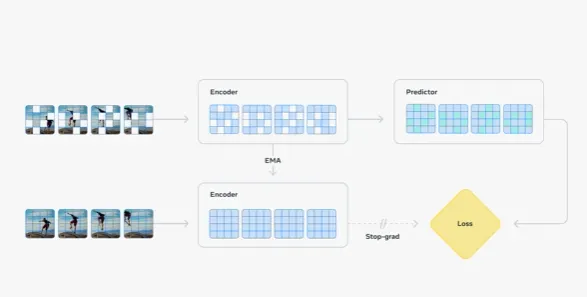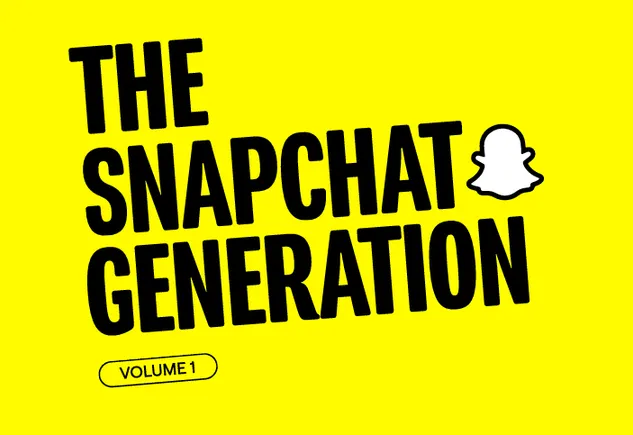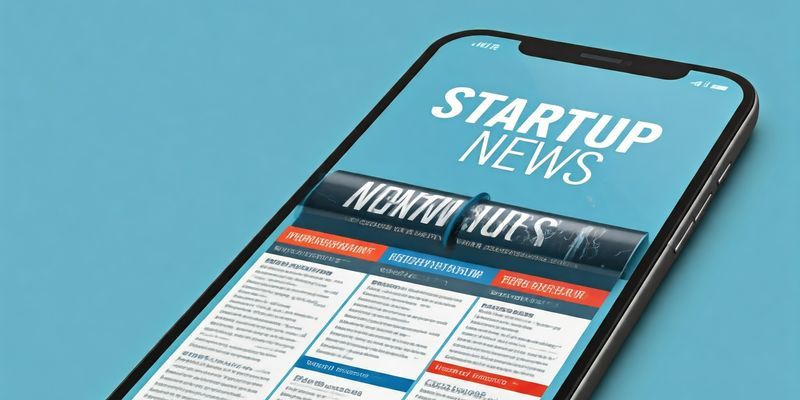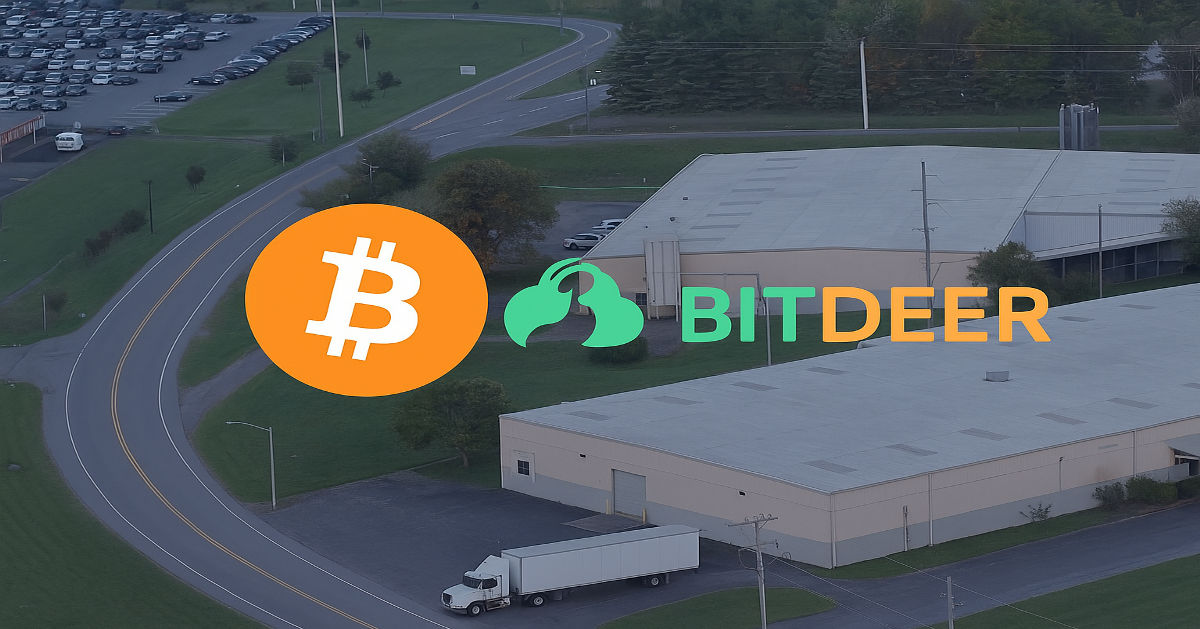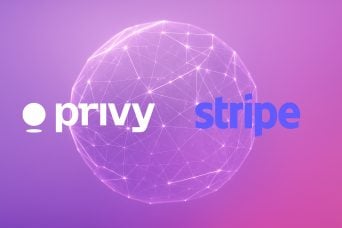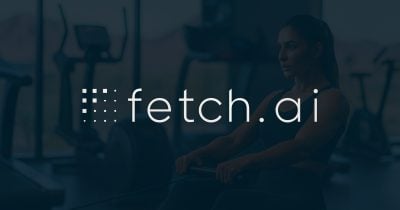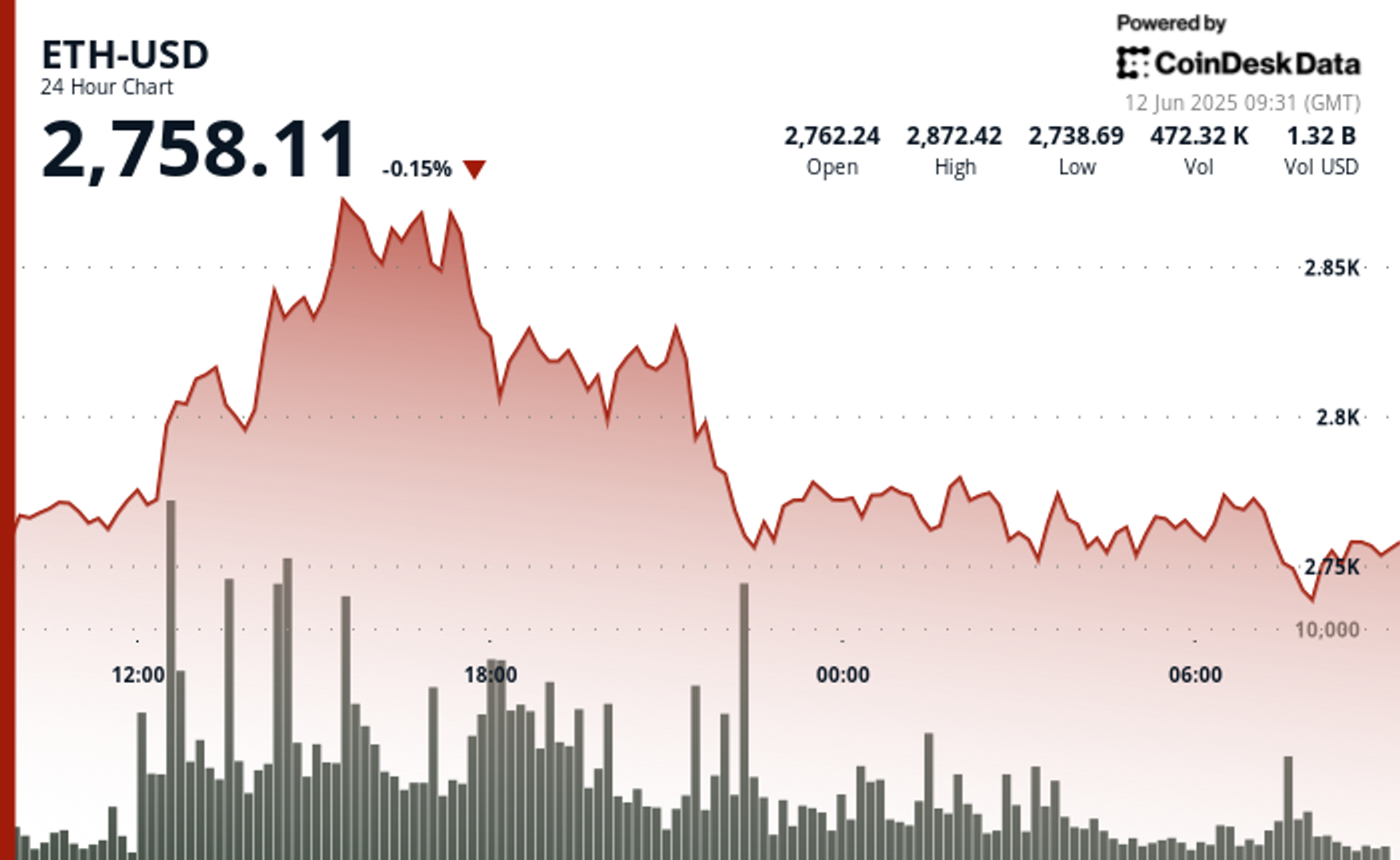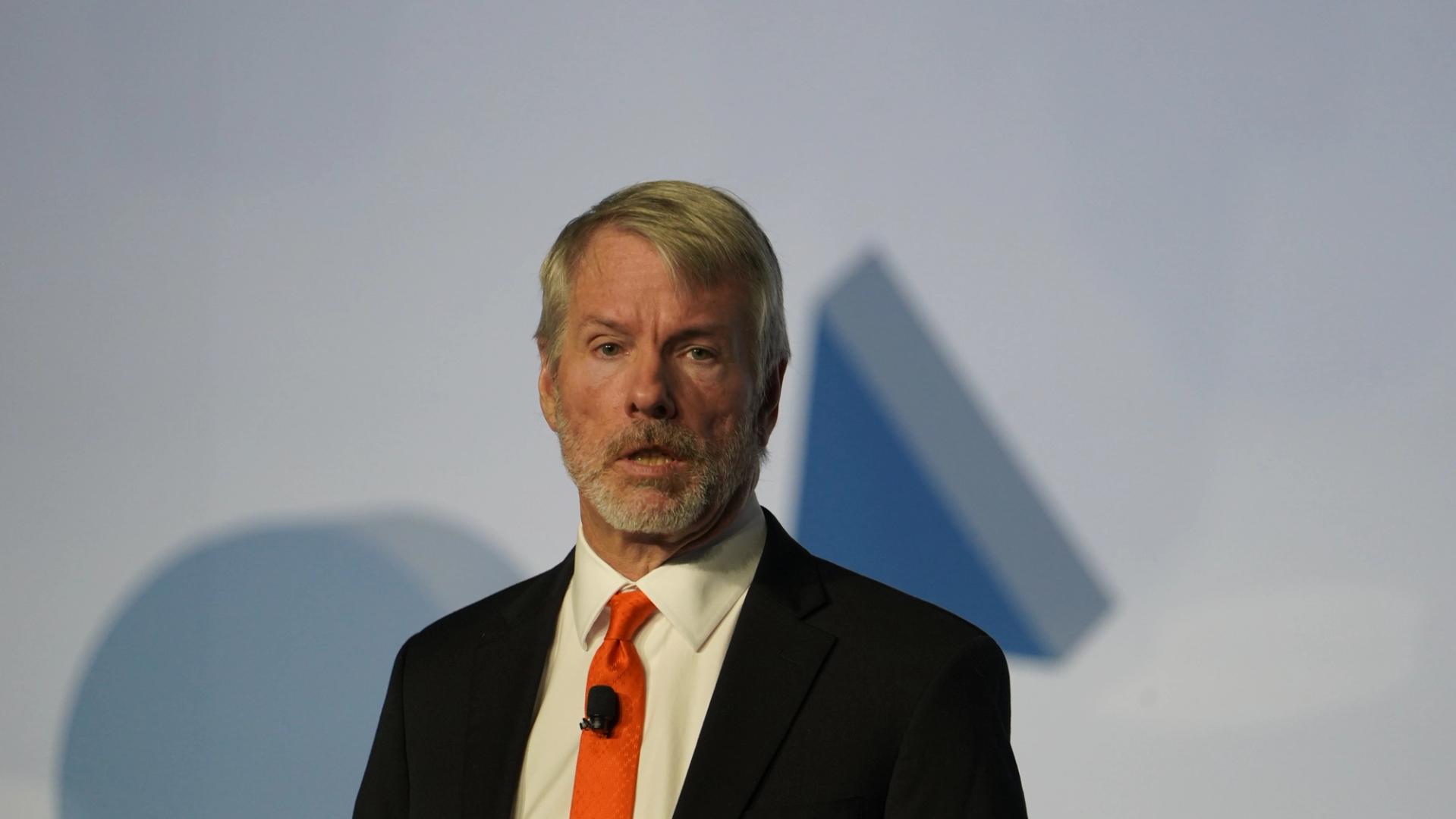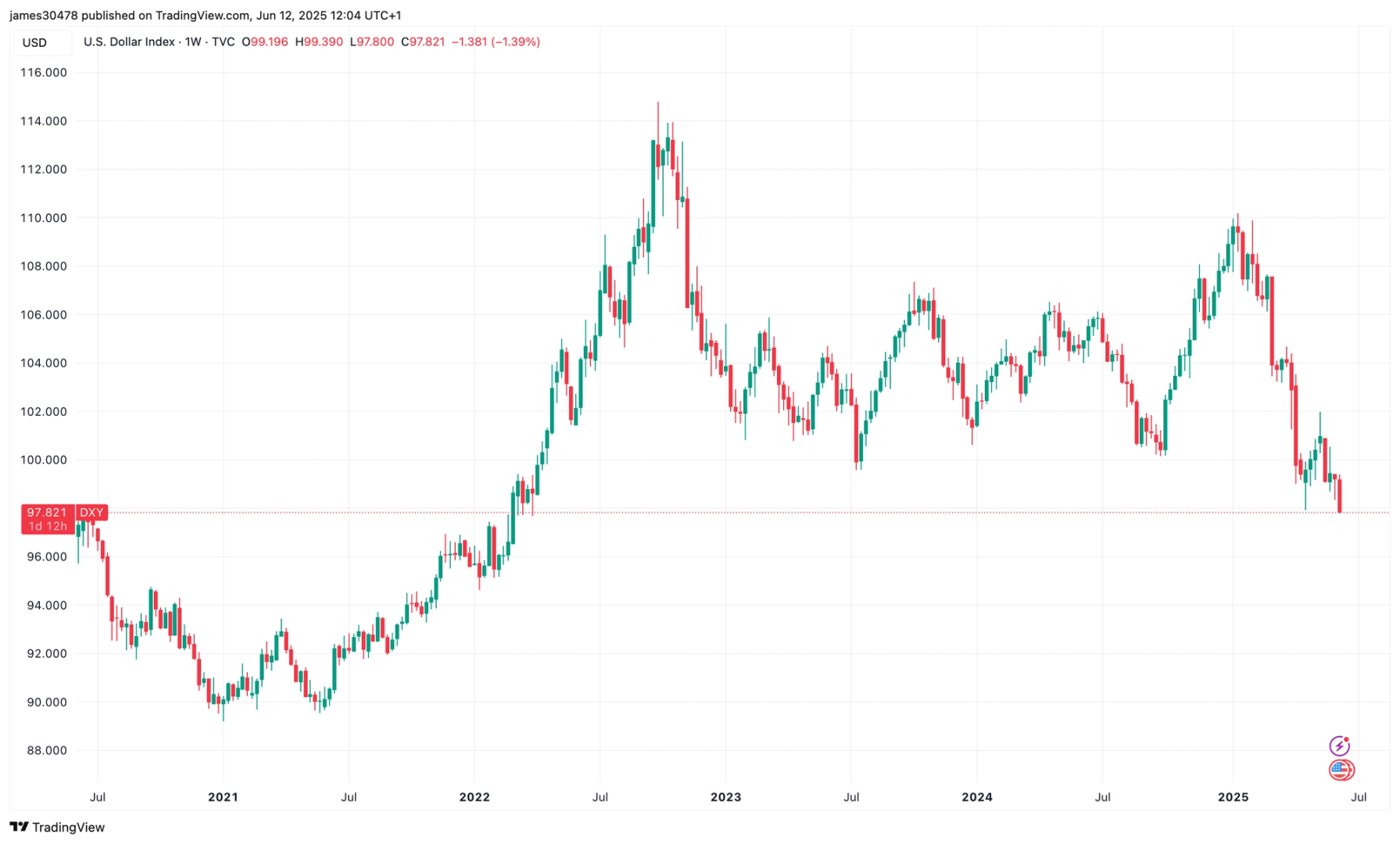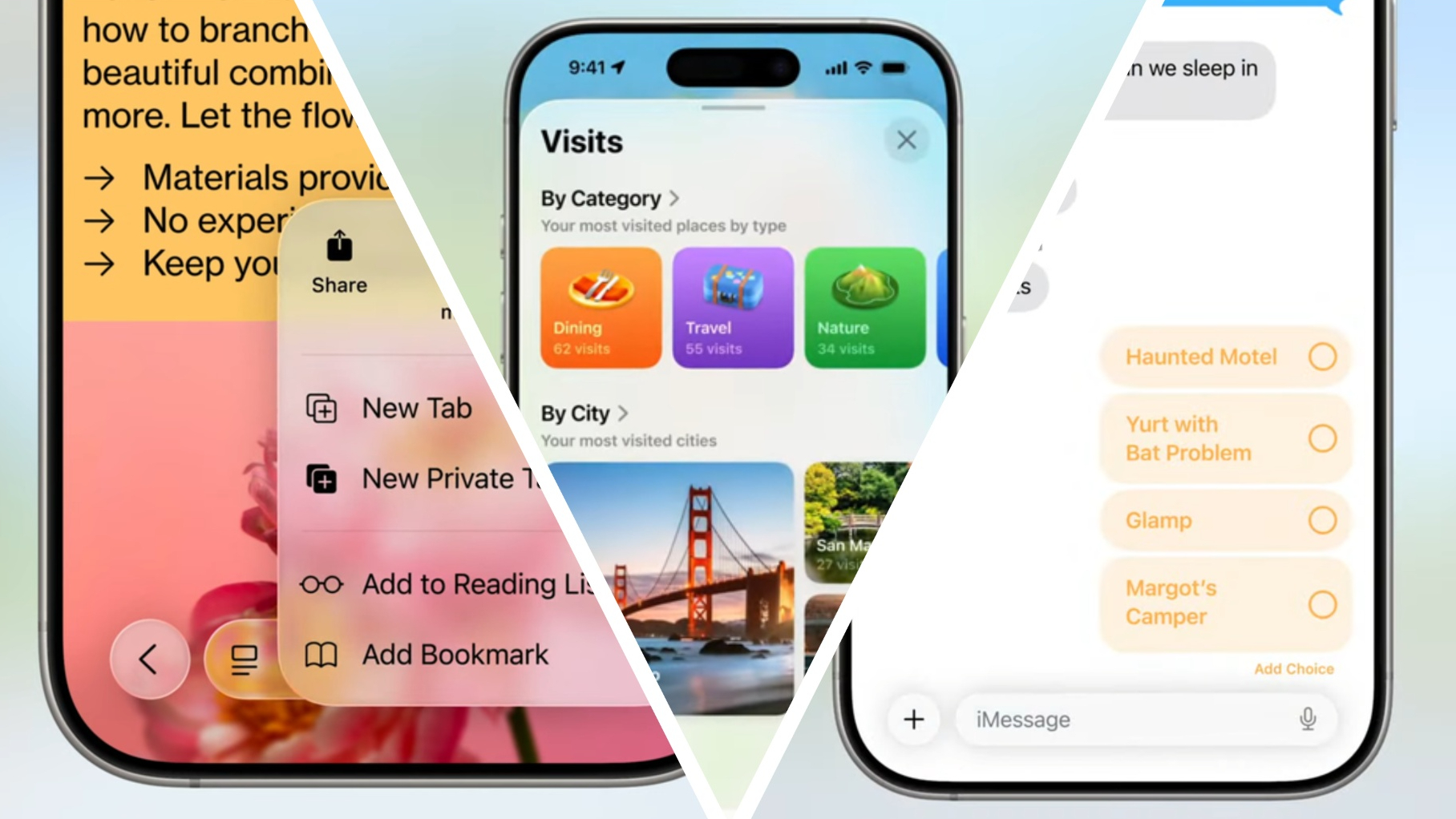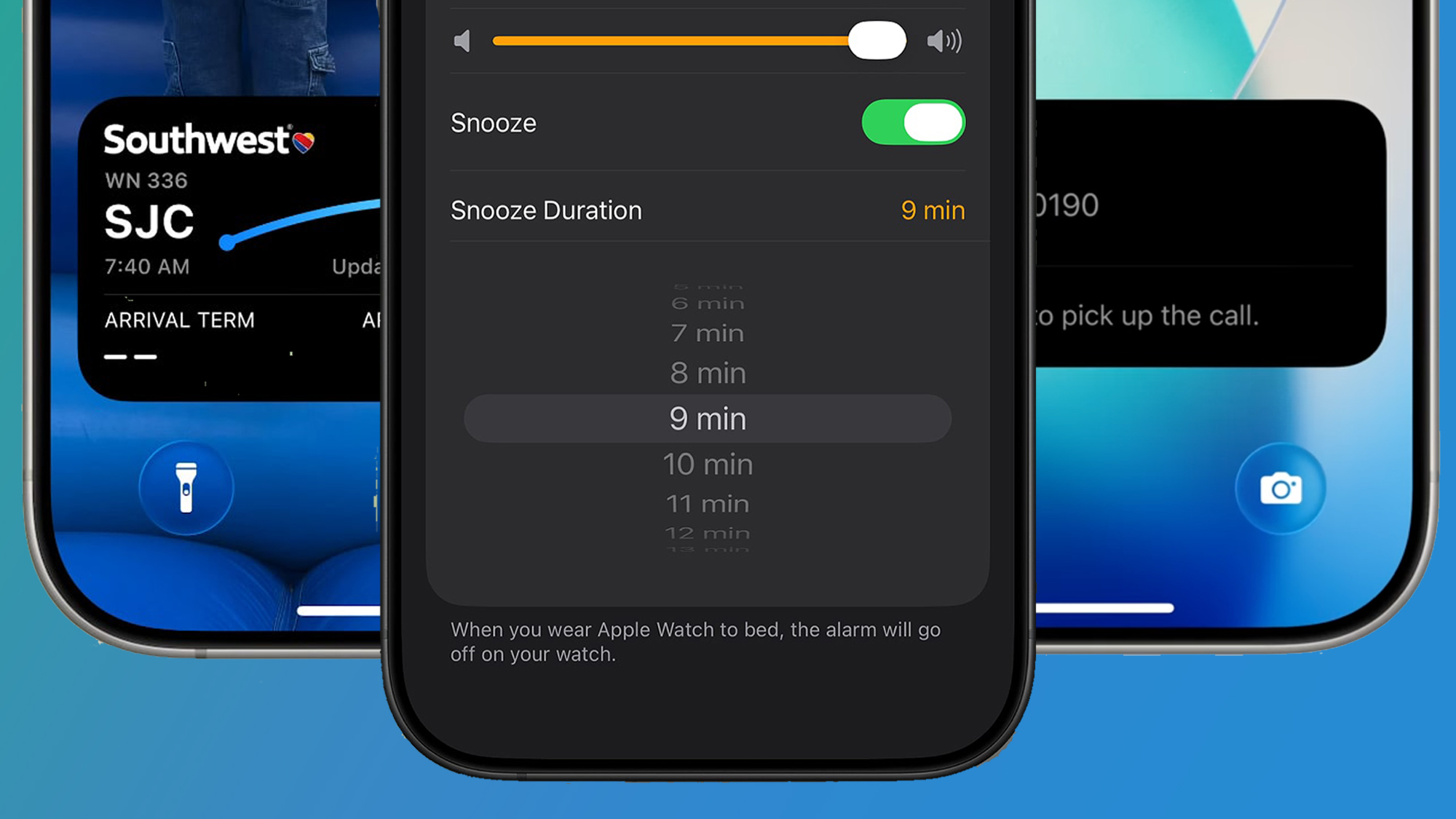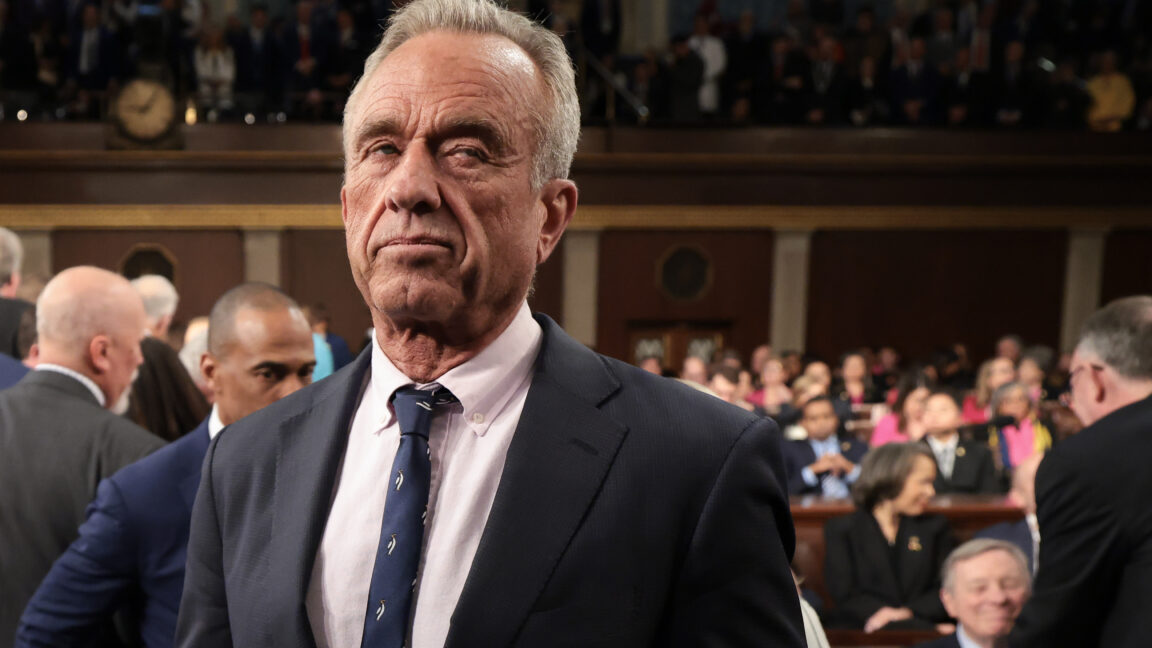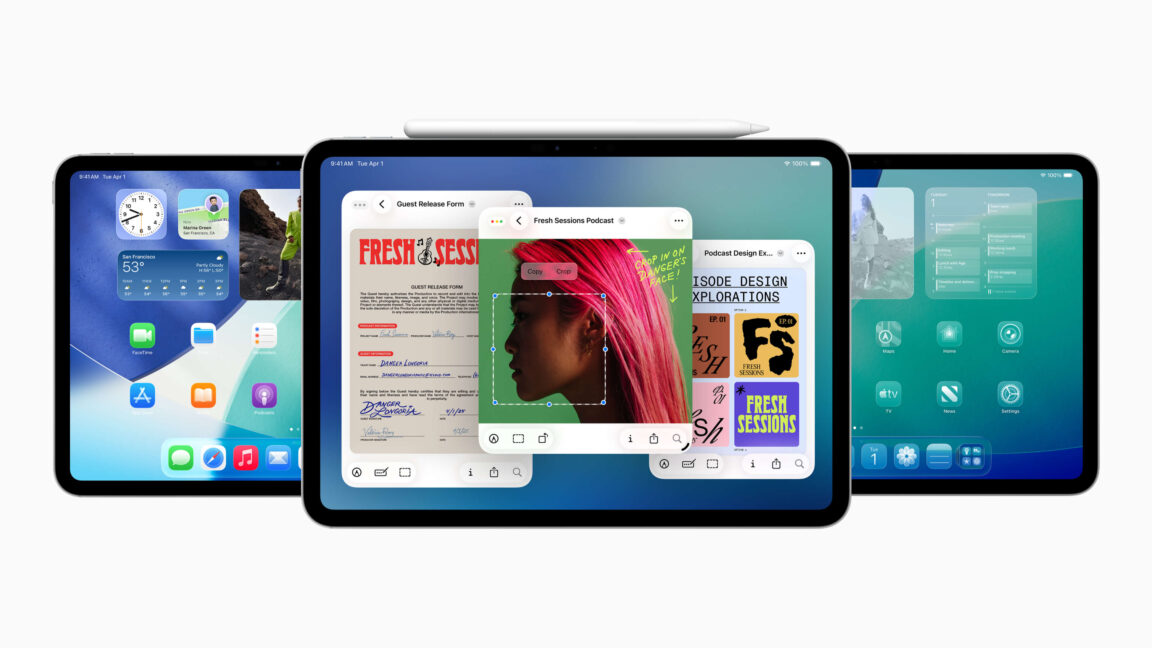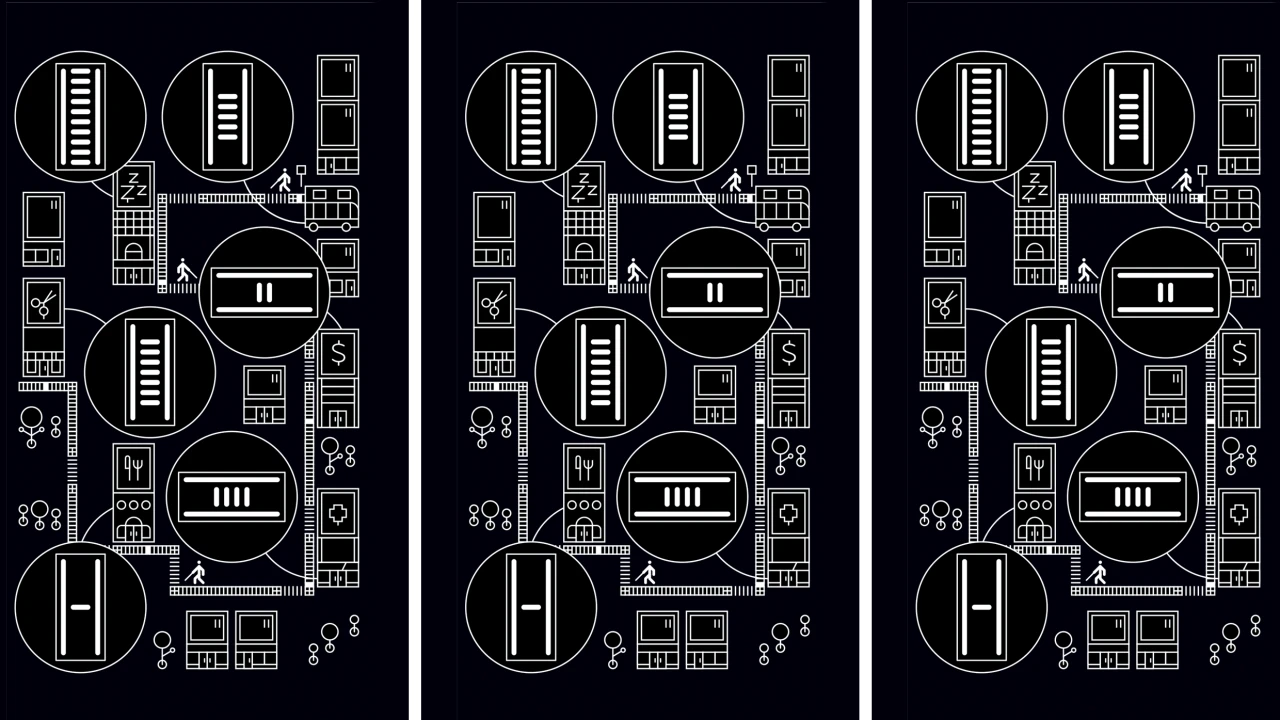Enterprise strategy isn’t broken, execution is
As the pace and complexity of business accelerate, enterprise leaders are under pressure to deliver more, faster: more growth, innovation, and resilience. And yet, despite bold visions and thoughtful strategies, many organizations still struggle to execute effectively. It’s not because leaders fail to plan; they lack real-time visibility and alignment. In my role working closely with product and technology leaders across industries, a consistent pattern emerges: Strategy is often clear at the top, but somewhere between the boardroom and the frontlines, execution becomes fragmented. Priorities get lost in translation. Resources are misaligned, and risks are spotted too late. What started as a solid strategic plan ends up slipping out of reach. This disconnect between strategy and execution isn’t a minor inefficiency; it poses a systemic risk. When leaders lack real-time visibility into how work is progressing across their organization, even the best-laid plans can derail. The impact is both tangible and costly: Missed revenue from delayed go-to-market initiatives Rising costs from duplicated work or misaligned efforts Operational risk from bottlenecks or blockers no one saw coming Erosion of culture over time, weakening alignment, and organizational health A lack of connected insight Enterprise leaders don’t suffer from a lack of data; they suffer from a lack of connected insight. Dashboards and status updates are often backward-looking, fragmented across systems, and disconnected from the actual work. This creates a lag between what’s happening and what leaders think is happening, making it challenging to anticipate risks or adjust course in time. But with AI, we now have access to radical, objective visibility—insights grounded in real-time data rather than subjective reporting. More importantly, AI empowers them to lead proactive change across large, complex organizations by predicting challenges early and helping navigate transformation with speed and precision. This shift marks a new era in leadership, one where execution is no longer just about tracking work but about driving continuous change and adaptability at scale. Modern platforms can help Modern work management platforms are evolving to meet this challenge by providing leaders with real-time visibility and control while preserving the autonomy and agility of their teams. These solutions connect strategy to execution, enabling organizations to deliver impact with greater speed, consistency, and confidence. Effective execution tools combine control and agility without forcing trade-offs, enabling leaders to maintain oversight while empowering teams to stay productive. They leverage explainable AI to flag emerging risks, clarify their root causes, and prioritize urgency, supporting more informed, proactive decision making. These tools also embed visibility directly into the workflows where teams operate, driving consistent data usage and ensuring strong adoption across the organization. Bridge strategy and execution To lead effectively in today’s landscape, enterprise organizations must rethink how to bridge the gap between strategy and execution. This means evolving beyond static planning cycles and siloed reporting, enabling real-time coordination across teams, projects, and priorities. Specifically, leaders need: Live portfolio visibility to monitor execution in real time and surface emerging risks Standardized frameworks that align teams without creating bottlenecks or rigidity Workforce intelligence tools that ensure the right people are working on the right priorities AI-powered insights that not only flag risks early but also help explain and prioritize them These capabilities are not just nice-to-haves; they reflect the most common and urgent needs we hear from enterprise leaders. Delivering them requires once-unimaginable AI tools designed to enable leaders to act swiftly, navigate confidently, and adapt at scale. The future of enterprise success won’t be defined by the boldest ideas alone but by the ability to consistently turn those ideas into outcomes. Achieving this starts with asking the right questions: Can you see how your top priorities progress in real time? Are your teams clearly aligned with your strategic goals? And are you leading proactively, or simply reacting after the fact? Execution is no longer a downstream function. It’s a leadership imperative. In the age of AI, the systems we rely on to manage work must enable agility, speed, and transformation like never before. Daniel Lereya is chief product and technology officer at Monday.

As the pace and complexity of business accelerate, enterprise leaders are under pressure to deliver more, faster: more growth, innovation, and resilience. And yet, despite bold visions and thoughtful strategies, many organizations still struggle to execute effectively.
It’s not because leaders fail to plan; they lack real-time visibility and alignment.
In my role working closely with product and technology leaders across industries, a consistent pattern emerges: Strategy is often clear at the top, but somewhere between the boardroom and the frontlines, execution becomes fragmented. Priorities get lost in translation. Resources are misaligned, and risks are spotted too late. What started as a solid strategic plan ends up slipping out of reach.
This disconnect between strategy and execution isn’t a minor inefficiency; it poses a systemic risk. When leaders lack real-time visibility into how work is progressing across their organization, even the best-laid plans can derail. The impact is both tangible and costly:
- Missed revenue from delayed go-to-market initiatives
- Rising costs from duplicated work or misaligned efforts
- Operational risk from bottlenecks or blockers no one saw coming
- Erosion of culture over time, weakening alignment, and organizational health
A lack of connected insight
Enterprise leaders don’t suffer from a lack of data; they suffer from a lack of connected insight.
Dashboards and status updates are often backward-looking, fragmented across systems, and disconnected from the actual work. This creates a lag between what’s happening and what leaders think is happening, making it challenging to anticipate risks or adjust course in time. But with AI, we now have access to radical, objective visibility—insights grounded in real-time data rather than subjective reporting. More importantly, AI empowers them to lead proactive change across large, complex organizations by predicting challenges early and helping navigate transformation with speed and precision.
This shift marks a new era in leadership, one where execution is no longer just about tracking work but about driving continuous change and adaptability at scale.
Modern platforms can help
Modern work management platforms are evolving to meet this challenge by providing leaders with real-time visibility and control while preserving the autonomy and agility of their teams. These solutions connect strategy to execution, enabling organizations to deliver impact with greater speed, consistency, and confidence.
Effective execution tools combine control and agility without forcing trade-offs, enabling leaders to maintain oversight while empowering teams to stay productive. They leverage explainable AI to flag emerging risks, clarify their root causes, and prioritize urgency, supporting more informed, proactive decision making. These tools also embed visibility directly into the workflows where teams operate, driving consistent data usage and ensuring strong adoption across the organization.
Bridge strategy and execution
To lead effectively in today’s landscape, enterprise organizations must rethink how to bridge the gap between strategy and execution. This means evolving beyond static planning cycles and siloed reporting, enabling real-time coordination across teams, projects, and priorities.
Specifically, leaders need:
- Live portfolio visibility to monitor execution in real time and surface emerging risks
- Standardized frameworks that align teams without creating bottlenecks or rigidity
- Workforce intelligence tools that ensure the right people are working on the right priorities
- AI-powered insights that not only flag risks early but also help explain and prioritize them
These capabilities are not just nice-to-haves; they reflect the most common and urgent needs we hear from enterprise leaders. Delivering them requires once-unimaginable AI tools designed to enable leaders to act swiftly, navigate confidently, and adapt at scale.
The future of enterprise success won’t be defined by the boldest ideas alone but by the ability to consistently turn those ideas into outcomes. Achieving this starts with asking the right questions: Can you see how your top priorities progress in real time? Are your teams clearly aligned with your strategic goals? And are you leading proactively, or simply reacting after the fact?
Execution is no longer a downstream function. It’s a leadership imperative. In the age of AI, the systems we rely on to manage work must enable agility, speed, and transformation like never before.
Daniel Lereya is chief product and technology officer at Monday.




